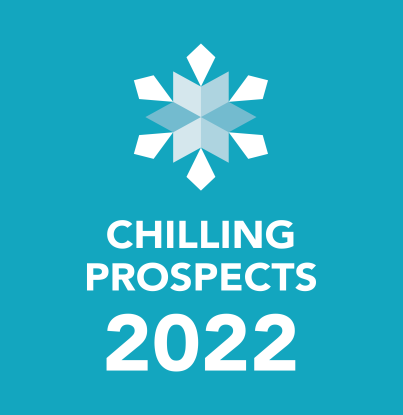Sustainable cooling financial flows
|
Chapter 3.3 Chapter 3 overview |
Key messages
- Financing access to sustainable cooling is complicated. Needs for cooling vary dramatically across businesses and populations, and cooling solutions tailored to different groups each call for their own unique financing mechanisms.
- In 2021, we saw a breakthrough in public finance for sustainable cooling, with the World Bank and Green Climate Fund approving a new, USD 157 million Cooling Facility, which will work to expand access to sustainable cooling solutions in nine developing countries.
Finance for access to cooling is characterized by a diverse set of cooling needs that can be met with finance from an equally diverse set of financial sources or instruments. For example, cooling needs related to health services could be met by finance targeted at improved health care, cooling needs for agriculture could be met by finance for nutrition or agriculture business development, and cooling needs for human comfort could be met by finance for building or community development. The range of financial flows can be delivered through public procurement, grants, subsidies or commercial financing depending on the scale of investment and appetite for risk or sustainability of the business model for sustainable cooling. Over time, the types of instruments used to deliver on cooling needs will also change, as technologies and business models mature.
Knowledge briefs have been developed on the challenges, barriers and opportunities related to financing access to cooling, as well as the potential for a framework for tracking access to cooling finance. Broadly speaking, access to cooling finance can be understood as public and private finance that supports enhanced affordability of — and access to — sustainable cooling solutions that support the cooling needs for food, nutrition and agriculture; health services; and human comfort and safety. But the appropriateness of access to cooling finance and the instruments used will vary according to local conditions, including public resources, poverty levels and tiers of energy access, among others. Examples of finance that support access to cooling can be seen in Table 3.2.
Table 3.2: Indicative example finance flows tracked for sustainable cooling and access to cooling


